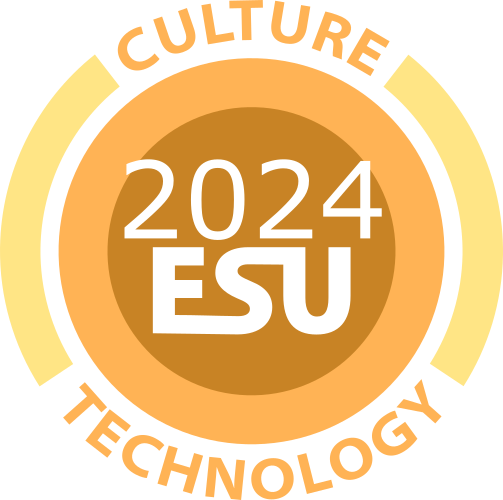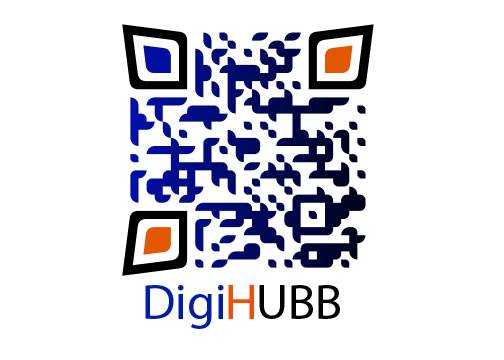David Joseph Wrisley & Voica Pușcașiu
This course is about spatial data and the humanities and how we can create and feature that data in digital storytelling. We begin by reflecting on how location-based research might be incorporated into research projects in different disciplines in the humanities (cinema, art history, anthropology, history, literature, etc.) as well as the challenges of such a spatial dimension in historical research.
In the first part of the course we conduct a critical review of a range of projects in the spatial humanities: their scope and the rhetorical strategies they employ for spatial storytelling and argument. We explore data creation methods using formats most useful for spatial datasets (using gazetteers, mobile data collection, off-the-shelf geocoders). Students will be introduced to normalization and wrangling techniques and will contrast manual, slow creation of data with more automated forms.
In the second part of the course, we learn some more skills in web development so that we can do some basic web mapping. Open-source GIS software will be used to learn about georeferencing and vectorization in order to create data from digitized historical maps. We will also learn to build maps using code. Important themes in the second week include research workflows and project-based learning.


